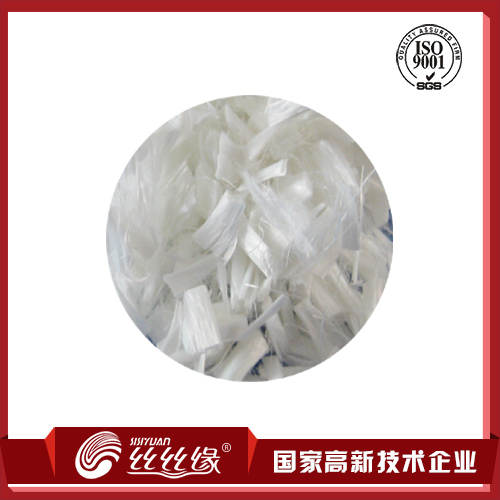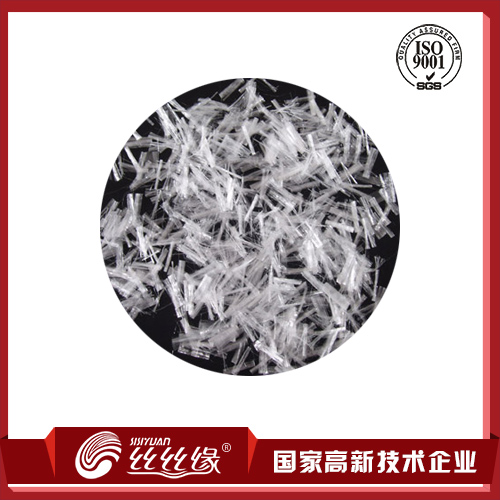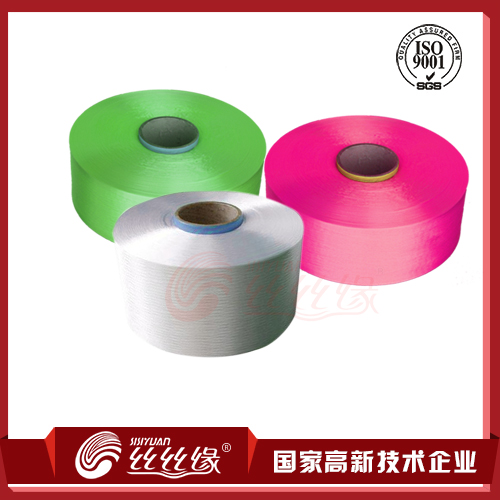
In the first half of the year, the situation of China's textile industry can be described as "stable". In the second half of the year, industry trends can be described as "changes."
Analysis of the overall operation of the industry
In the first half of this year, the world economy accelerated and the domestic economy stabilized and created a relatively good market demand environment. China's textile and apparel export and domestic market generally achieved good growth, providing fundamental support for the textile industry to maintain a stable operation.
The textile industry has intensively promoted supply-side structural reforms. The characteristics of high-quality development are more obvious. The economic indicators such as production, sales, efficiency, and investment all show structural adjustment characteristics, and the operational quality and efficiency have improved compared with the first quarter.
The industry's economy is stable and rising. Internal and external sales are growing steadily.
In the first half of the year, the textile industry's prosperity was generally stable, and the second quarter was better than the first quarter. According to the results of the follow-up survey conducted by the China Textile Association, the industry sentiment index continued to be in the expansion range in the first half of the year. The second quarter's prosperity index was 60.9, an increase of 3.6 points from the first quarter.
The domestic demand market grew steadily, and the growth rate of network channels increased significantly. According to the National Bureau of Statistics, in the first half of the year, the retail sales of clothing, shoes, hats and needles above designated size increased by 9.2% year-on-year, and the growth rate increased by 1.9 percentage points over the same period of the previous year. The retail sales of online clothing in the country increased by 24.1% year-on-year. Compared with the same period of last year, it increased by 3.3 percentage points. The domestic sales growth of textiles and garments was better than that of the previous year. On the one hand, it was related to China's overall macroeconomic stability and rapid growth of residents' income. On the other hand, it also reflected the remarkable achievements of the textile industry in optimizing supply structure and effectively meeting domestic demand.
The economic benefits are gradually improved.
Thanks to the good support of domestic and foreign markets, the growth rate of the efficiency of the textile industry has gradually accelerated. According to the National Bureau of Statistics, in the first half of the year, textile enterprises above designated size achieved a total revenue of 2,906.06 billion yuan, a year-on-year increase of 4.1%. The growth rate was 1 percentage point higher than that of the first quarter of this year; the total profit was 136.06 billion yuan, a year-on-year increase of 2.4%. The growth rate increased by 6.2 percentage points from the first quarter. The growth rate of the chemical fiber industry was significantly higher than the industry average. In the first half of the year, the main business income and total profit of the chemical fiber industry increased by 16.3% and 19.3% respectively.
The overall quality of the industry has improved. In the first half of the year, the sales profit rate of textile enterprises above designated size was 4.7%, slightly lower than 0.1 percentage points in the same period of last year, up 0.2 percentage points from the first quarter of this year; the turnover rate of finished products was 18.4 times/year, up 2.6% year-on-year; total assets The turnover rate was 1.4 times per year, which was basically the same as that of the same period of last year. The ratio of three fees was 6.9%, slightly higher than 1 percentage point in the same period of last year and 0.2 percentage points lower than the first quarter of this year.
The running trend is basically stable, and the growth rate of production is slowing down.
On the whole, the textile industry will continue to maintain a stable trend in the second half of the year under the environment of steady growth in domestic demand and generally stable external demand. The domestic sales of the industry will continue to maintain a good growth trend. Although the export pressure has increased, it is expected that the growth rate will only be slightly smaller than that of the first half of the year. The quality performance indicators of the industry still have some room for recovery due to the base number.
The construction of the textile industry is basically normal, and the growth rate of production is gradually slowing down. According to the National Bureau of Statistics, the utilization rate of the textile industry in the first half of the year was 81.1%, 0.4 percentage points higher than the same period of the previous year; the capacity utilization rate of the chemical fiber industry was 81.7%, a slight slowdown of 1.2 percentage points from the same period of the previous year. The industrial added value of textile enterprises above designated size increased by 2.8% year-on-year, and the growth rate slowed by 2.5 percentage points compared with the same period of the previous year, which was 0.8 percentage points slower than that in the first quarter.
Uncertainties remain to be seen
In the second half of the year, the complexity of the macro-environment at home and abroad has increased, and the risk factors have increased. However, overall, the textile industry will not be affected. Since the beginning of this year, Sino-US trade friction has continued to escalate, the uncertainty of the trade environment has risen, and the export pressure of the textile industry has also increased. However, the list of tax increases announced by the United States has not yet covered a large proportion of export products such as clothing and home textiles, and the tax increase has not yet entered the implementation stage. Therefore, it is expected that the textile industry will not have a major impact during the year. External risks such as the global liquidity contraction caused by the US interest rate hike still need a certain process to show the impact. The international market demand has slowed down in the short term, but the fundamentals have not changed. The external demand environment of the textile industry is still stable.
Under the situation that the external situation is becoming more and more complicated, deepening the transformation and upgrading and accelerating the promotion of high-quality development are still the core development tasks of the textile industry, promoting the process of industrial transformation and upgrading, and striving to achieve steady, progressive and qualitative improvement of the industry.
Chemical fiber forecast in the second half of the year
The profit growth has declined, and the overall operation has a good quality effect.
The international oil price fluctuated upwards, which put tremendous pressure on the cost of the chemical fiber industry, pushing up the price of the combined fiber market. The sub-industry is running differently, showing two days of ice and fire. The profit margin of the polyester and nylon industries has increased year-on-year. Investment continued to rebound, especially in the polyester and viscose staple fiber industries. Driven by good results, the industry's investment enthusiasm is not diminished. In the first half of the year, fixed-asset investment in the chemical fiber industry continued its rebound trend last year, an increase of 28.2% year-on-year, and the growth rate increased by 7.9 percentage points over the same period of last year. The structural reform of the supply side of the industry has achieved results, and the results of de-capacity, destocking, and cost reduction have been obvious, and the relationship between supply and demand has improved.
Industry analysis believes that although the current RMB depreciation is favorable for exports, the proportion of chemical fiber exports is relatively low (less than 10%), while the chemical fiber industry's dependence on raw materials imports is high, and the depreciation of the RMB will increase the cost of raw material imports. It is expected that the quality of the industry operation in the second half of the year will be weaker than the first half of the year.







